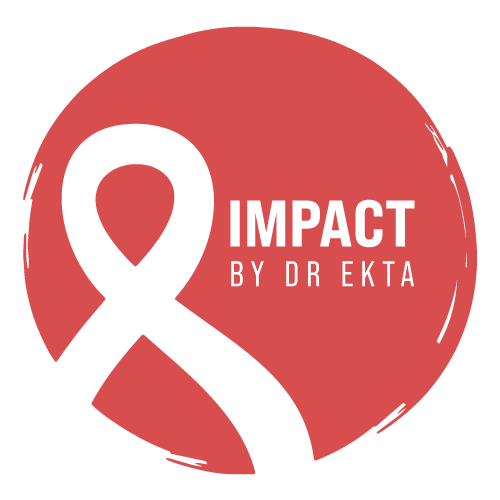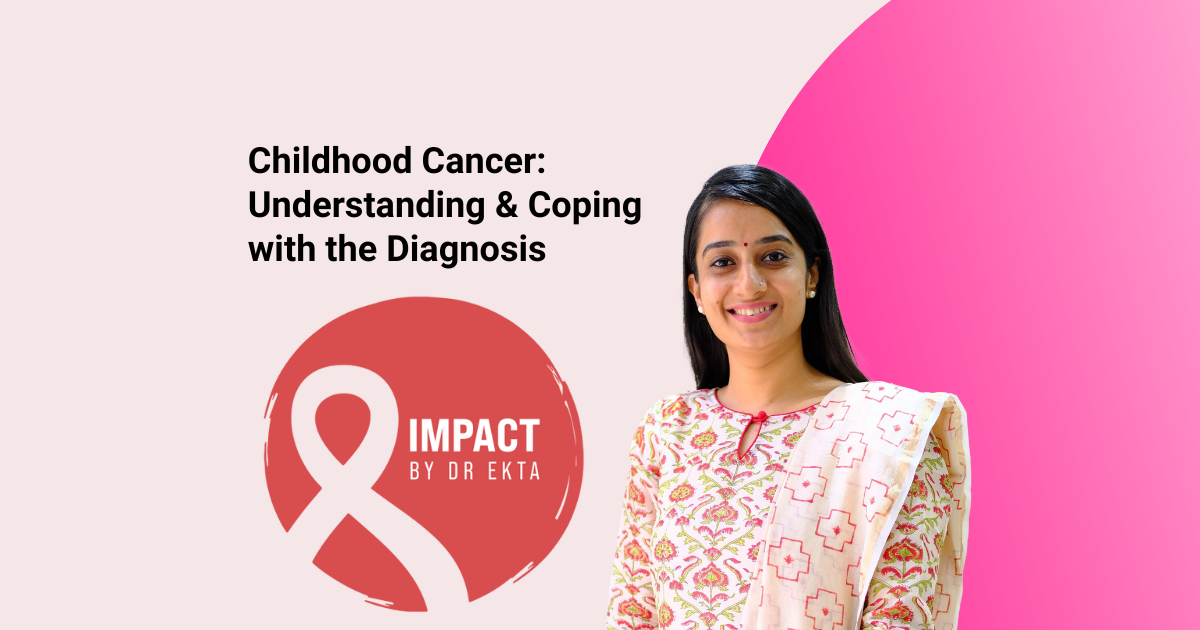I have seen firsthand the impact childhood cancer has on families. A diagnosis of childhood cancer is devastating, bringing uncertainty, fear, and countless questions. Parents often ask, “Why did this happen?” and “What can we do to fight this?” My role is to provide clarity, support, and the best medical care possible to help families navigate this difficult journey.
What is Childhood Cancer?
Childhood cancer refers to cancers that develop in children under the age of 15. Unlike adult cancers, which are often linked to lifestyle or environmental factors, childhood cancers usually result from genetic mutations that occur randomly. The most common types include:
- Leukemia – Affects blood and bone marrow, making up about 30% of childhood cancer cases.
- Brain and Central Nervous System (CNS) Tumors – These include gliomas, medulloblastomas, and ependymomas.
- Neuroblastoma – A cancer that develops in nerve cells, often affecting young children.
- Wilms Tumor – A type of kidney cancer primarily seen in children under 6.
- Lymphomas – Affect the immune system, including Hodgkin’s and Non-Hodgkin’s lymphoma.
- Osteosarcoma and Ewing Sarcoma – Cancers that develop in bones.
- Retinoblastoma – A rare eye cancer found in young children.
Symptoms of Childhood Cancer
Parents should be aware of the warning signs of childhood cancer, as early detection improves outcomes. Symptoms may include:
- Persistent fever
- Unexplained weight loss
- Fatigue and weakness
- Lumps or swelling
- Frequent infections
- Unexplained bruising or bleeding
- Bone pain or limping
- Headaches with vomiting
- Vision or balance issues
While these symptoms can be caused by other illnesses, any persistent or unusual signs should prompt a visit to a pediatrician.
Diagnosing Childhood Cancer
Diagnosing childhood cancer requires several tests, including:
- Blood tests to check for abnormal cell counts.
- Imaging scans (X-ray, MRI, CT, or PET scans) to detect tumors.
- Biopsy to examine abnormal cells.
- Bone marrow aspiration for blood-related cancers.
- Genetic testing to identify mutations linked to cancer.
Treatment Options
The treatment plan depends on the type of childhood cancer, its stage, and the child’s overall health. Common treatments include:
- Chemotherapy – The most widely used treatment, often in combination with other therapies.
- Radiation Therapy – Targets and kills cancer cells using high-energy radiation.
- Surgery – Used to remove solid tumors when possible.
- Bone Marrow Transplant – Replaces damaged bone marrow with healthy cells, especially in leukemia.
- Immunotherapy – Boosts the child’s immune system to fight cancer.
- Targeted Therapy – Uses drugs that specifically attack cancer cells while sparing normal cells.
Coping with a Childhood Cancer Diagnosis
Hearing the words “your child has cancer” is heartbreaking. Coping with childhood cancer requires emotional, physical, and psychological strength. Here’s how families can navigate this journey:
1. Seek Support
No one should go through childhood cancer alone. Support groups, counseling, and connecting with other families in similar situations can provide strength and guidance.
2. Stay Informed
Understanding childhood cancer helps parents make informed decisions. Ask your child’s oncologist questions, research credible sources, and discuss treatment options thoroughly.
3. Maintain a Routine
While hospital visits and treatments disrupt daily life, maintaining some normalcy can help children feel secure. Encourage schoolwork, hobbies, and time with friends whenever possible.
4. Take Care of Yourself
Parents often put their own needs aside, but self-care is crucial. Eating well, exercising, and getting rest helps caregivers stay strong for their child.
5. Trust the Medical Team
As an oncologist, my goal is to provide the best care possible. Trusting the medical team, following treatment plans, and keeping communication open is vital for a child’s recovery.
Hope and Advances in Treatment
The survival rates for childhood cancer have improved significantly in recent years. Today, over 80% of children diagnosed with cancer survive long-term, thanks to advances in research, early detection, and improved treatments. New therapies, such as precision medicine and CAR-T cell therapy, are making treatment more effective and reducing side effects.
Final Thoughts
A childhood cancer diagnosis is one of the toughest challenges a family can face. But with early detection, medical advancements, and unwavering support, there is hope. As an oncologist, I have seen incredible stories of resilience, strength, and survival. While the journey is difficult, families are not alone. Together, we can fight childhood cancer and give every child the chance to lead a healthy, happy life.

